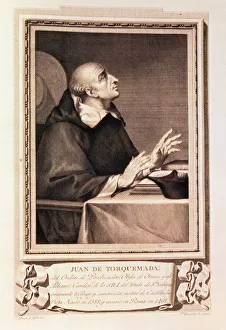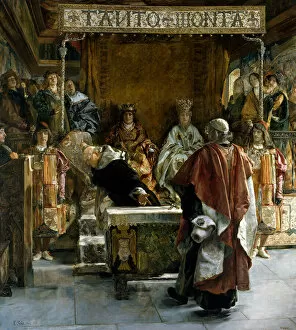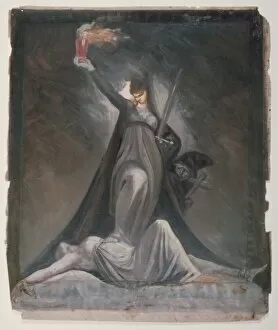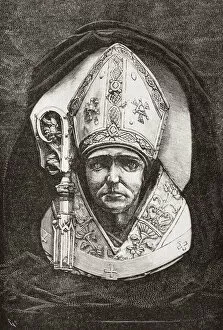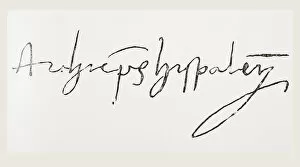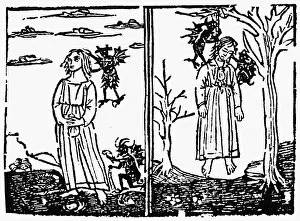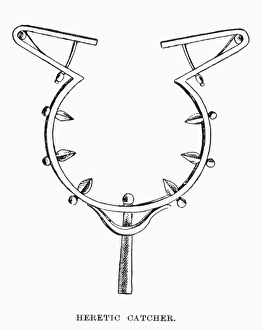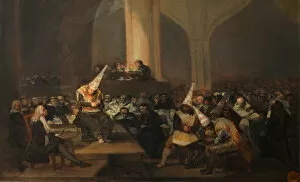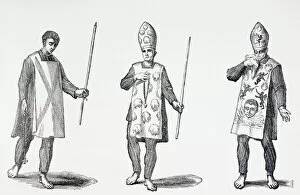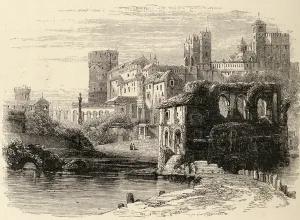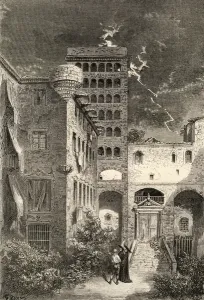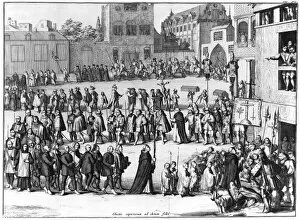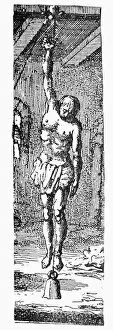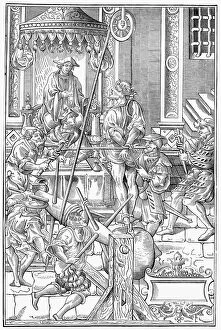Spanish Inquisition Collection
"The Spanish Inquisition
All Professionally Made to Order for Quick Shipping
"The Spanish Inquisition: A Dark Chapter in History Unveiled" Step back in time and witness the chilling events of the Spanish Inquisition through these captivating artworks. In "Beheading of Don Alvaro de Luna, " an oil on canvas masterpiece, we are confronted with the brutal reality of this era. The executioner's blade falls upon a nobleman, showcasing the merciless nature of religious persecution. An engraving titled "Auto-de-fe in Valladolid" transports us to a fateful day in 1558 or 1559. The public square is filled with onlookers as individuals accused of heresy face their final judgment. Fear and tension hang heavy in the air. Juan de Torquemada, depicted praying in an engraved portrait by Juan Barcelon, serves as a haunting reminder of those who enforced this oppressive regime. His presence symbolizes the zealous determination that fueled countless acts of cruelty. Philip II's declaration of faith is captured vividly in an oil painting from 1871. This image showcases how religion was used as a tool for control during this period, highlighting Philip II's unwavering commitment to Catholicism. The celebration depicted in another engraving reveals just how deeply ingrained these practices were within society. An auto de fe becomes a spectacle for all to witness, reinforcing fear and submission among both believers and non-believers alike. "The Public Punishment of Prisoners" provides insight into one aspect often associated with the Inquisition - torture. This colored engraving exposes the gruesome methods employed by its courts, leaving no doubt about their ruthlessness. A detailed section from "Auto de Fe in Plaza Mayor" takes us to Madrid on June 30th, 1680. As prisoners await their fate amidst crowds gathered at Spain's central square, we can only imagine their terror before facing punishment for alleged crimes against orthodoxy.





